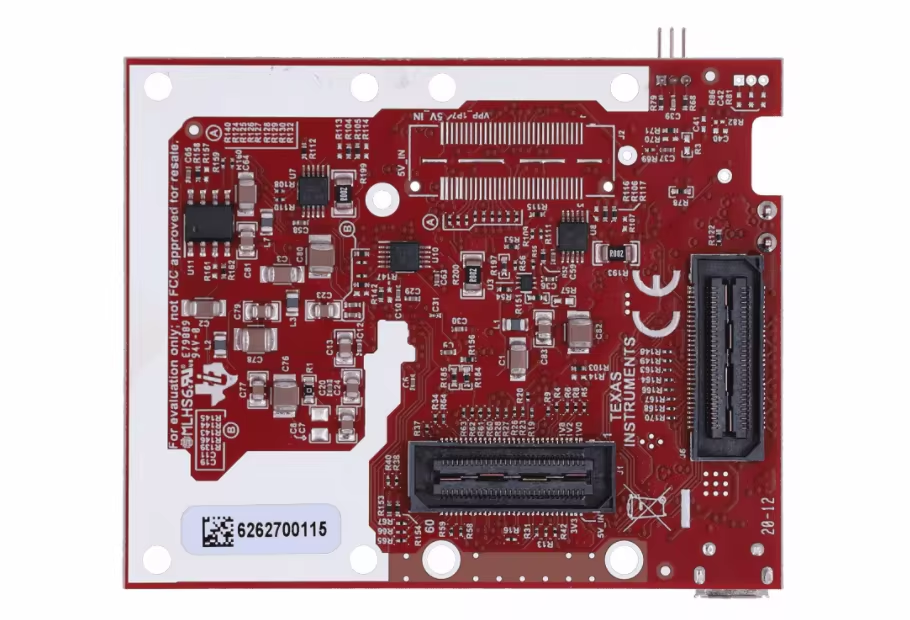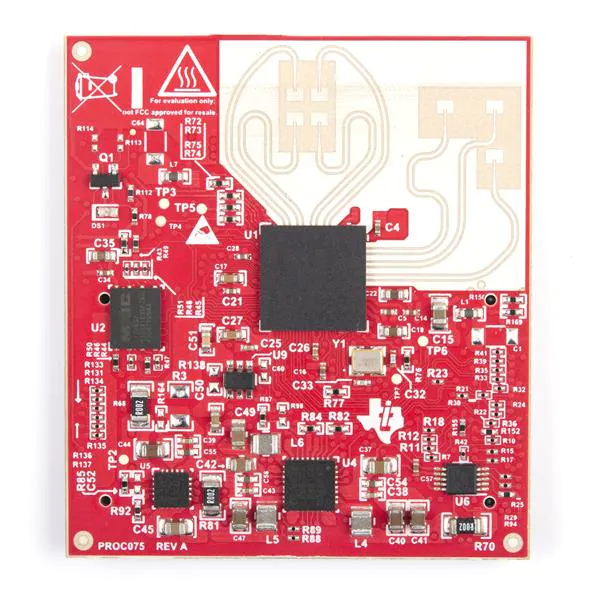You’re probably here because you want to understand how to read data from the iwr6843isk c 读取数据, right?
If you’re like many people, you may feel a bit overwhelmed with all the technical jargon floating around.
Don’t worry.
Let’s break it down together.
Imagine you’ve got this nifty device—the iwr6843isk c 读取数据.
You’re excited to get started, but then you hit a roadblock: how do you actually read the data it generates?
You’re not alone.
Many face similar challenges when diving into the world of radar sensors.
What Exactly is the iwr6843isk c 读取数据?
Before we jump into the nitty-gritty of reading data, let’s quickly cover what the iwr6843isk c 读取数据 actually is.
This device is a millimeter-wave radar sensor from Texas Instruments.
It’s designed for applications in automotive, industrial, and smart building environments.
The beauty of the iwr6843isk c 读取数据 lies in its ability to gather high-resolution data on movement and distance.
It can track objects, detect their speed, and even identify their size—all in real-time.
Pretty cool, right?
But how do we access that data?
Getting Started with Data Reading
Reading data from the iwr6843isk c 读取数据 isn’t as complicated as it seems.
Here’s how you can get started:
Set Up Your Development Environment
To read data from your sensor, you’ll first need to set up your development environment.
- Download the required software: Texas Instruments provides a Software Development Kit (SDK) specifically for the iwr6843isk c 读取数据.
- Install it on your computer.
- Make sure you have the necessary drivers for the USB interface.
Connect Your Device
Next, it’s time to physically connect your iwr6843isk c 读取数据 to your computer.
- Use a USB cable to connect the sensor to your computer.
- Ensure the device is powered on.

Run the Demo Application
Texas Instruments usually provides demo applications that showcase the capabilities of theiwr6843isk c 读取数据.
- Open the demo application provided with the SDK.
- Select the appropriate configuration settings based on your use case.
This setup will help you visualize the data being captured.
Reading the Output
Now, you’re ready to read the output.
- The demo application will display the data in real-time.
- You can view parameters like distance, velocity, and angle of detected objects.
nterpreting the Data
Once you have access to the data, the next step is interpretation.
- Understand what each parameter means.
- For example, distance might indicate how far away an object is, while velocity will show how fast it’s moving.
Tip: Keep an eye on the output during real-time tests. It helps you grasp how the data changes as objects move closer or further away.
Real-Life Applications of iwr6843isk c 读取数据 Data
You might wonder how the data from the iwr6843isk c 读取数据 is actually used in real life.
Let’s look at a couple of examples:
- Automotive Applications: Imagine self-driving cars using data from the iwr6843isk c 读取数据 to detect pedestrians and other vehicles on the road. This data is crucial for ensuring safety and making split-second decisions.
- Industrial Automation: In factories, the iwr6843isk c 读取数据 can monitor the movement of goods along assembly lines. This real-time data helps optimize operations and minimize delays.
Common FAQs About Reading Data from iwr6843isk c 读取数据
What Programming Languages Can I Use?
The SDK is compatible with several programming languages, primarily C/C++.
You can use them to write your own applications to process and analyze the data.
Can I Use This Sensor Outdoors?
Yes, the iwr6843isk c 读取数据 is versatile enough for both indoor and outdoor applications.
Just ensure you account for environmental factors like heavy rain or fog, which can affect radar performance.
How Do I Troubleshoot Data Reading Issues?
If you’re having trouble reading data, here are a few steps to troubleshoot:
- Check Connections: Ensure your USB connection is secure.
- Reboot: Sometimes, simply rebooting the sensor and the application can solve many problems.
- Review Logs: Check the logs provided by the demo application for error messages.

Are There Any Limitations?
While the iwr6843isk c 读取数据 is powerful, it does have limitations.
- Range: It has a limited detection range, which you need to consider based on your application.
- Complex Environments: Highly cluttered environments can cause false readings.
Wrapping It All Up
Understanding how to read data from the iwr6843isk c 读取数据 can seem daunting, but with the right steps, it’s totally manageable.
From setting up your development environment to interpreting the data, each stage builds upon the last.
The iwr6843isk c 读取数据 is a remarkable device that can provide valuable data for various applications.
Now that you have a roadmap, you’re ready to dive deeper into its capabilities.
Feel free to explore more resources from Texas Instruments to enhance your knowledge even further.
Remember, reading data from the iwr6843isk c 读取数据 is just the beginning.
With practice, you’ll become a pro at interpreting that data and applying it to real-world scenarios.
So, what are you waiting for? Start experimenting and see where this journey takes you!